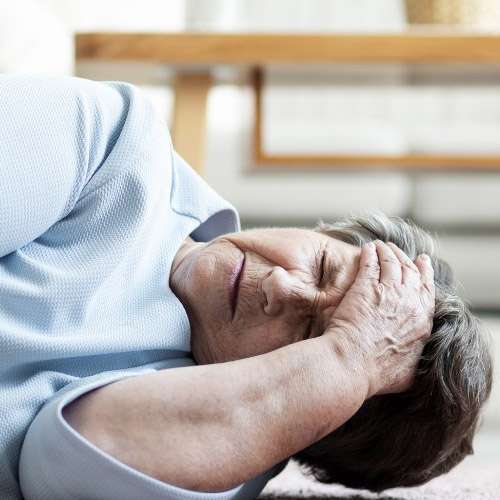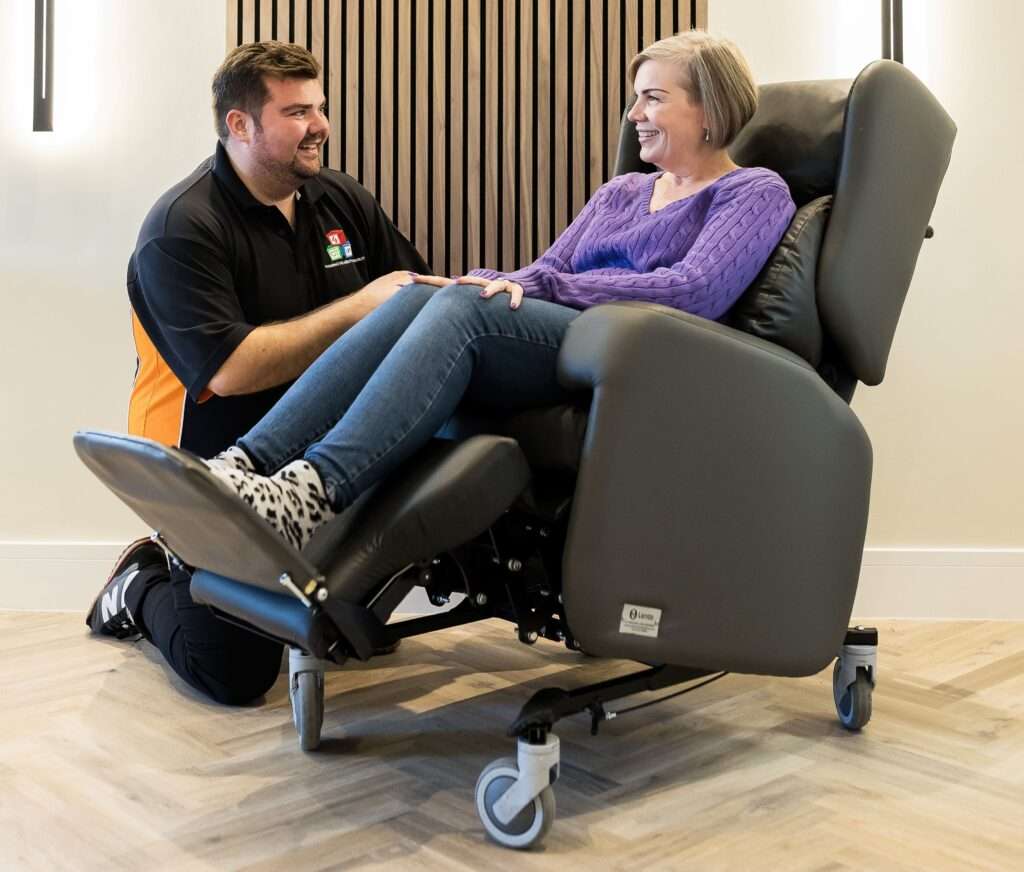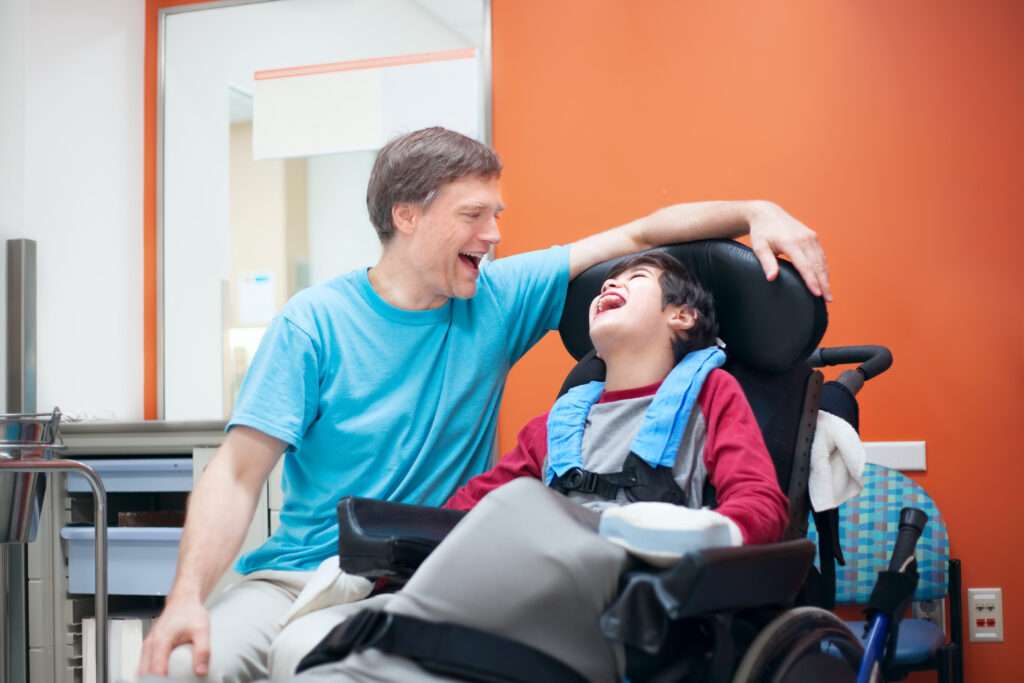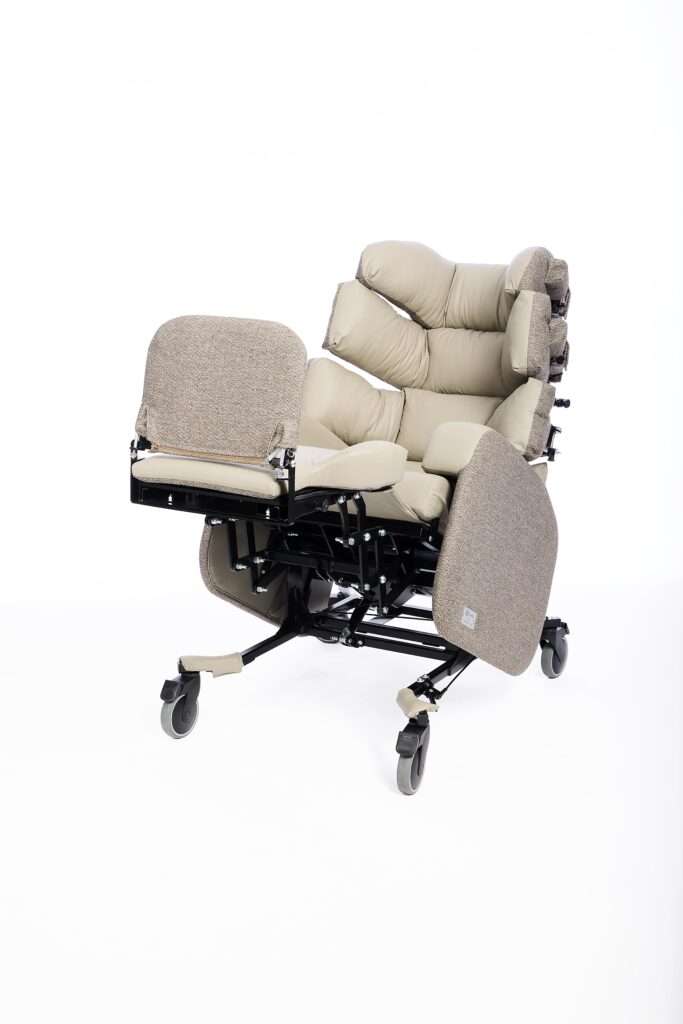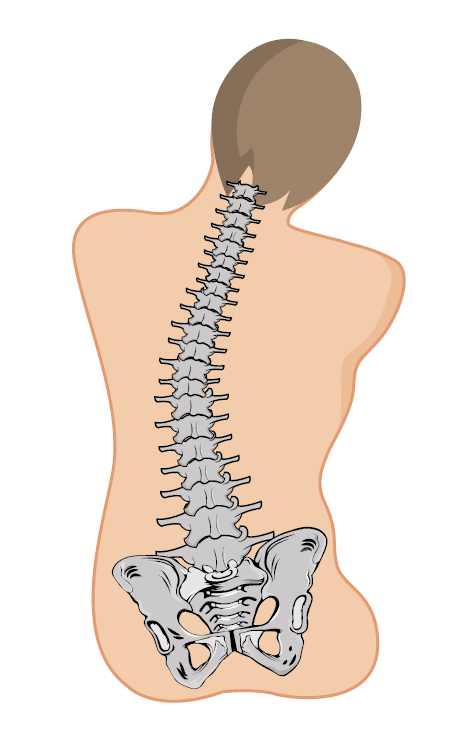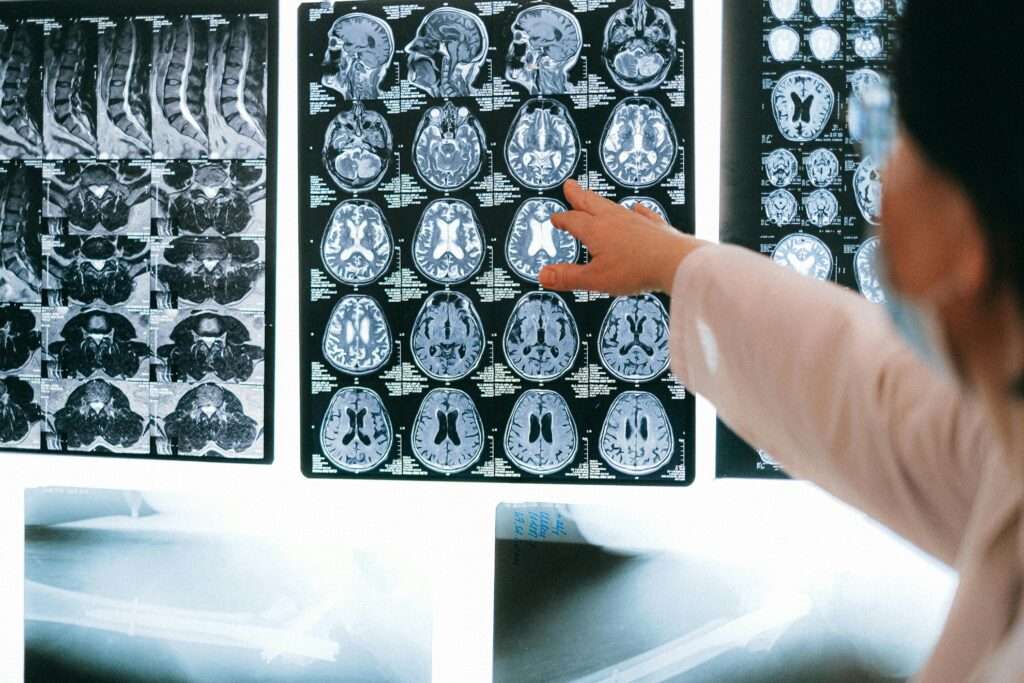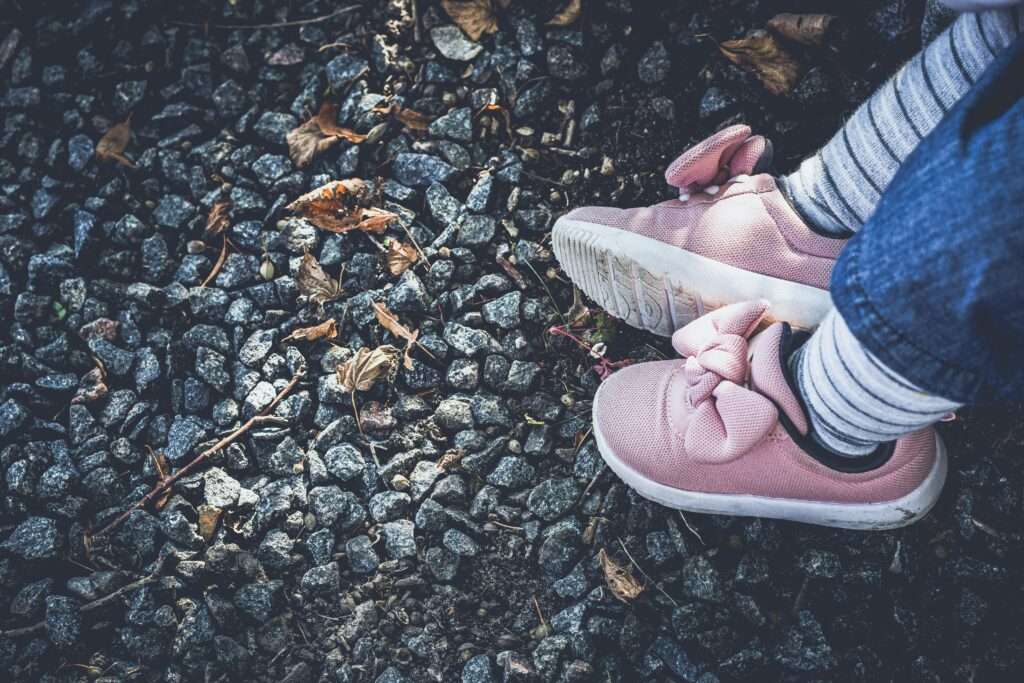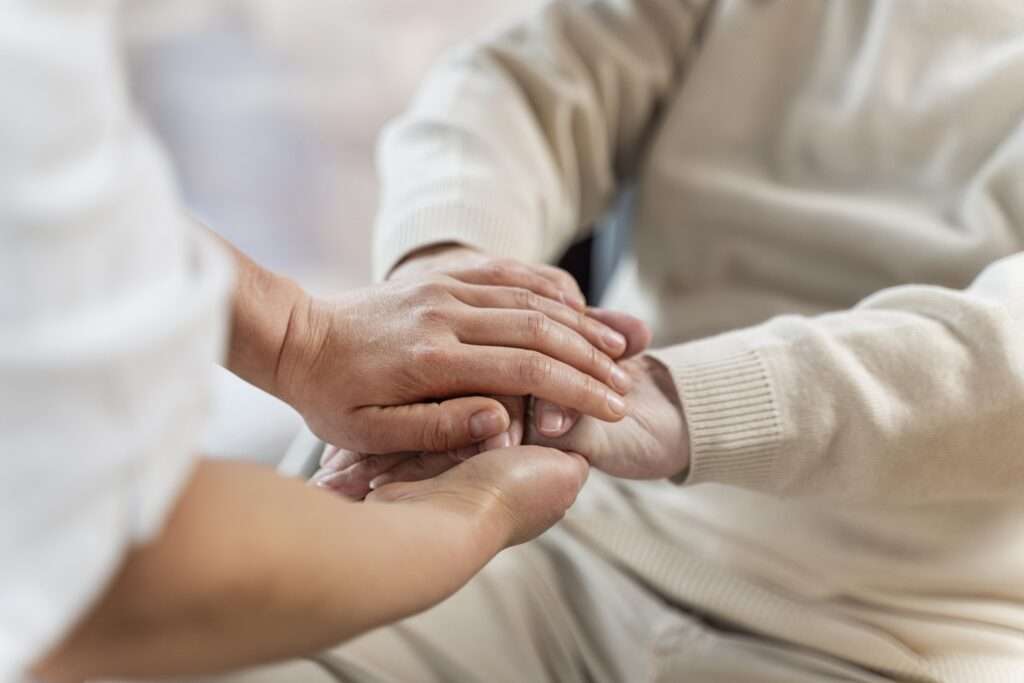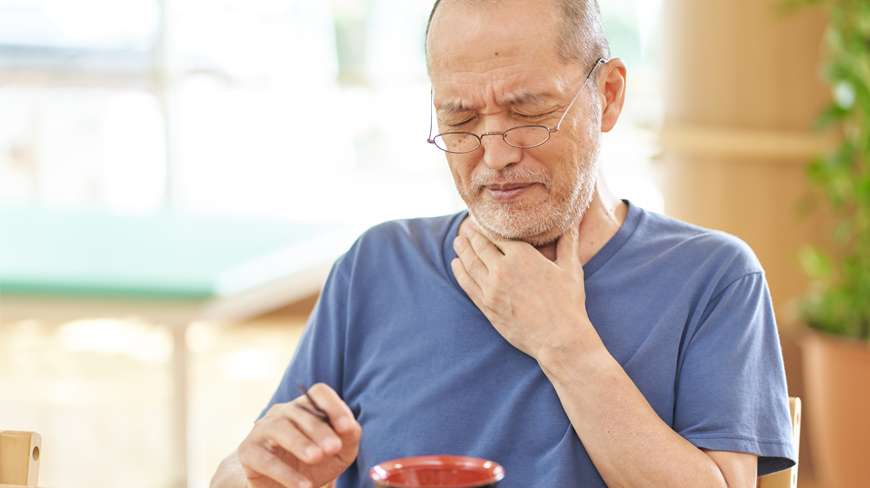When someone falls, you almost instinctively want to just get them back up on their feet. And you can indeed do this as long as everything’s okay.
But what should you do when someone falls over? And how can you help lift them up without hurting them or yourself?
Jump straight to…
Why do people fall over?
Falls can be caused by a number of things. You might trip over something that has been dropped on the floor or you might even just lose your footing on the stairs; but either way, falls can cause serious damage.
Older people are much more susceptible to falls, and unfortunately, older people tend to sustain more injuries from falling over. Falls in older people can be caused by anything like poor eyesight, poor mobility, bad lighting, and poor depth perception.
This means that carers and other healthcare professionals who usually work with elderly people need to be aware of how they can help someone who has fallen.
So what should you do when someone falls over and you want to help them back up?
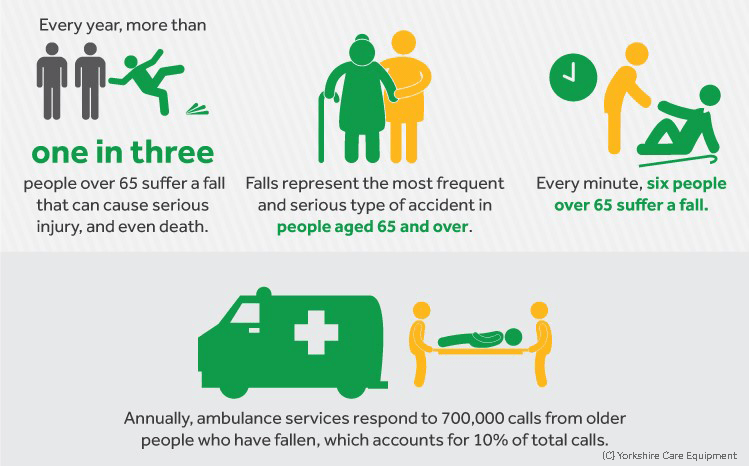
Slips, trips, and falls are much more prevalent among older people who are more susceptible to injuries.
The first things to do when someone falls
Your first response when you see someone who’s fallen over is to rush to them and check they are okay. But really, the first thing you need to do is have a little look and try and work out if there is something near where they have fallen that could cause you an injury.
The last thing you want to happen is that you get hurt in the process of trying to help the fallen person because then you really can’t help at all!
If everything looks okay and you’re happy to proceed, calmly approach the fallen person and find out if they are conscious. If they are unconscious and not breathing, then you need to call for help and start CPR.
If the person is conscious and responsive, talk to them and try and find out how they fell over. Talking to them should also help you to judge whether they have had something more serious happen like a stroke or a fit.
More often than not, elderly people who have fallen over will be confused and/or distressed, so don’t worry if this is the case.
Are they injured?
If the fallen person is injured, then it’s imperative that you take the right precautions so as not to make the injuries worse. Ask the person if there are any areas of their body that are hurting and do a quick visual check to see if you can find any obvious injuries that could be cause for concern.
If you think they may have injured their neck or spine then do not move them. Encourage the person to stay as still as possible and phone an ambulance.
If there is any bleeding, then use a clean dressing or pad and apply pressure to try and stop the bleeding and keep the person calm.
How to help them stand up
If there are no obvious or serious injuries, then you’ll want to get the person back to a seated or standing position. If they are able enough to stand by themselves, then tell them to take their time and offer any support necessary to avoid headrushes or dizziness.
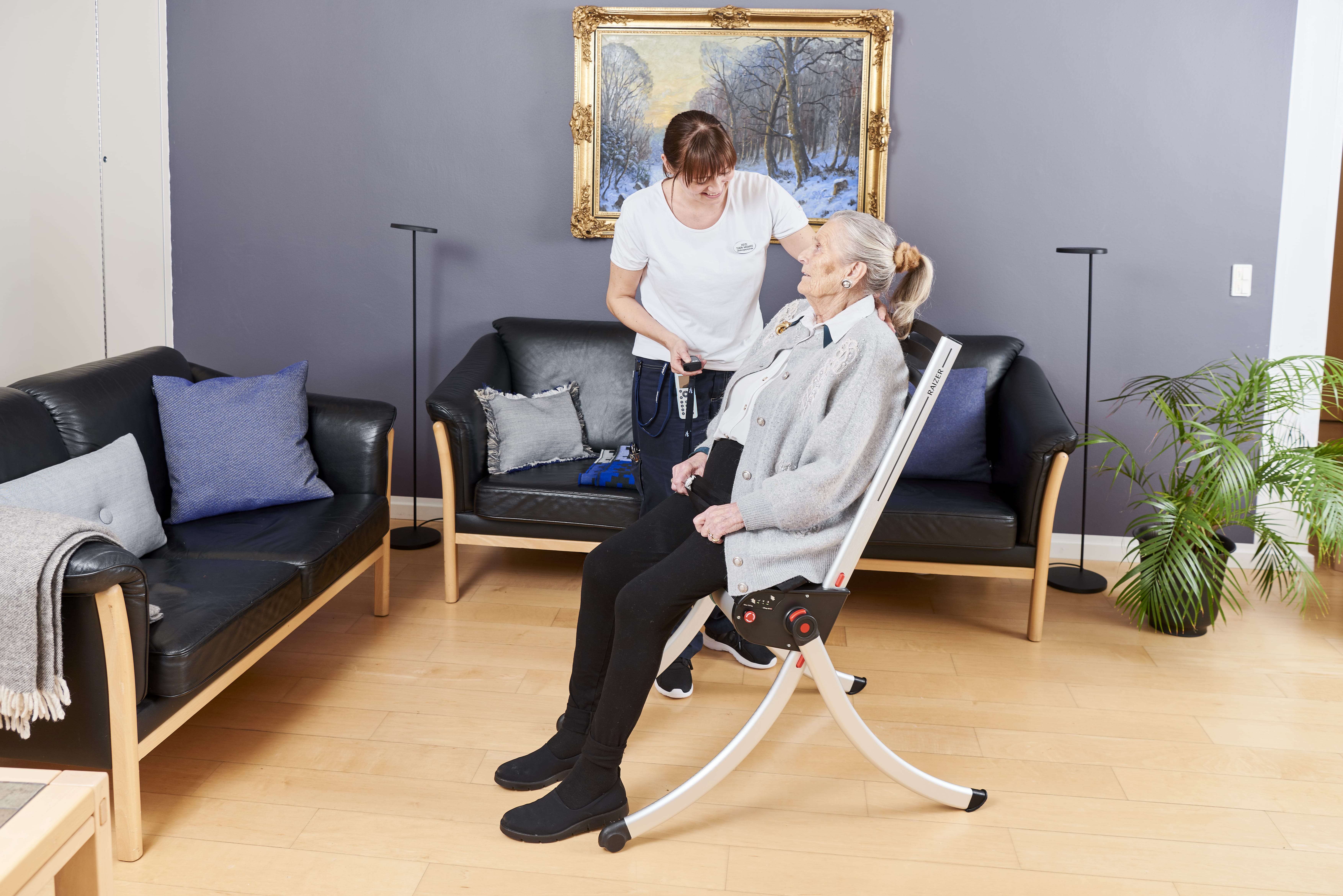
A falls assist can really help when someone falls because it provides an easy and safe way to get them back on their feet.
If it’s someone who might struggle to stand up by themselves, then you can use a falls assist. These specialist items are designed to help when someone falls so that they can get up in a safe and dignified way.
The Raizer lifting chair is a particularly easy falls assist that allows the person to stay laid on the floor until they are lifted. You simply assemble the Raizer chair around the fallen person and then the chair will rise and lift the person to a seated or standing position.
Summary
Your reaction to someone falling over can make all the difference to their health, dignity, and safety. As long as you bear these steps in mind, then falls can be dealt with more efficiently and safely.
Follow the first aid steps to check that the person is okay and healthy enough to get back on their feet. And make sure you have a decent falls assist available to help the person get back up with no hassle or further injuries caused.
Error: Contact form not found.





